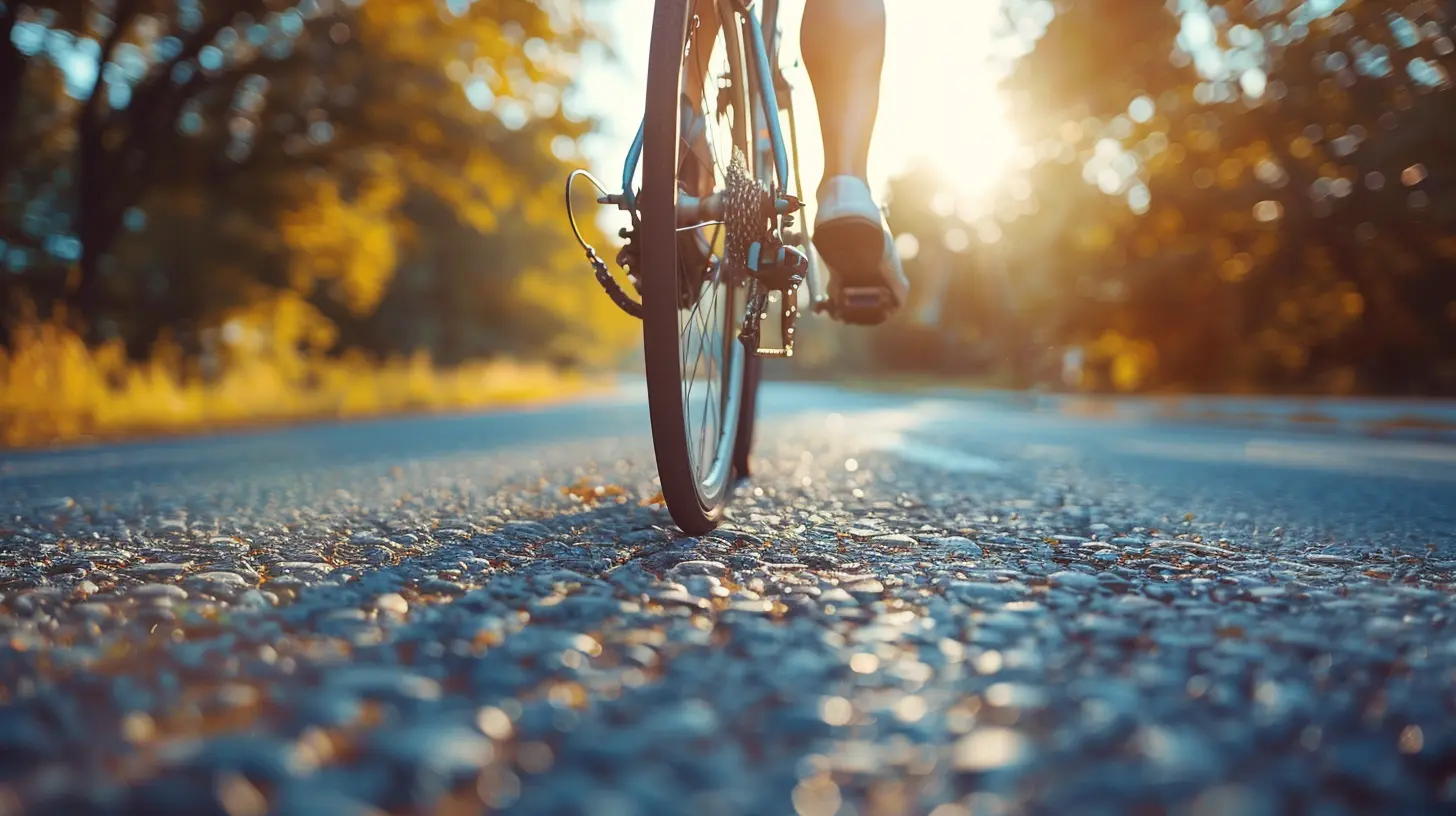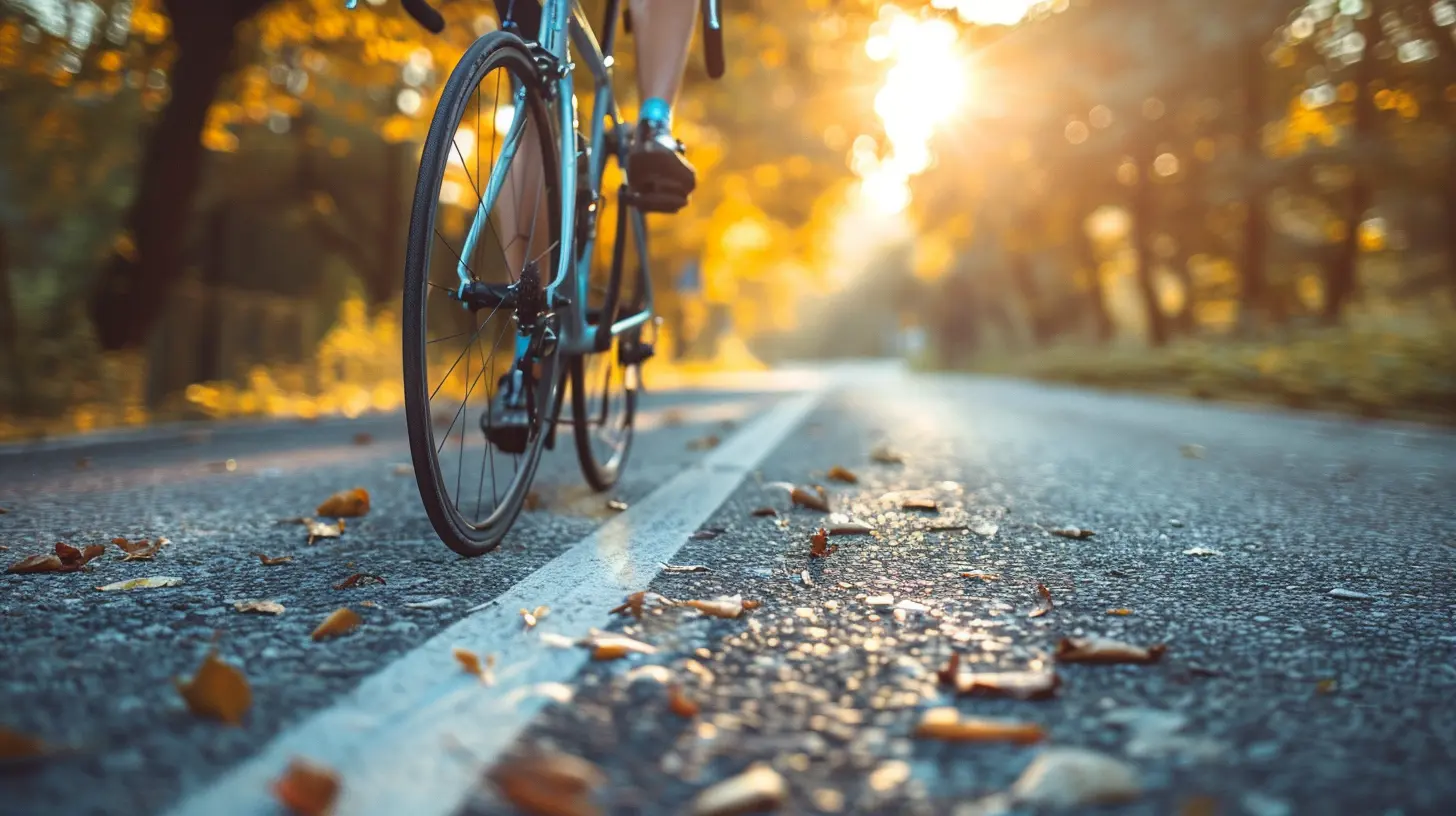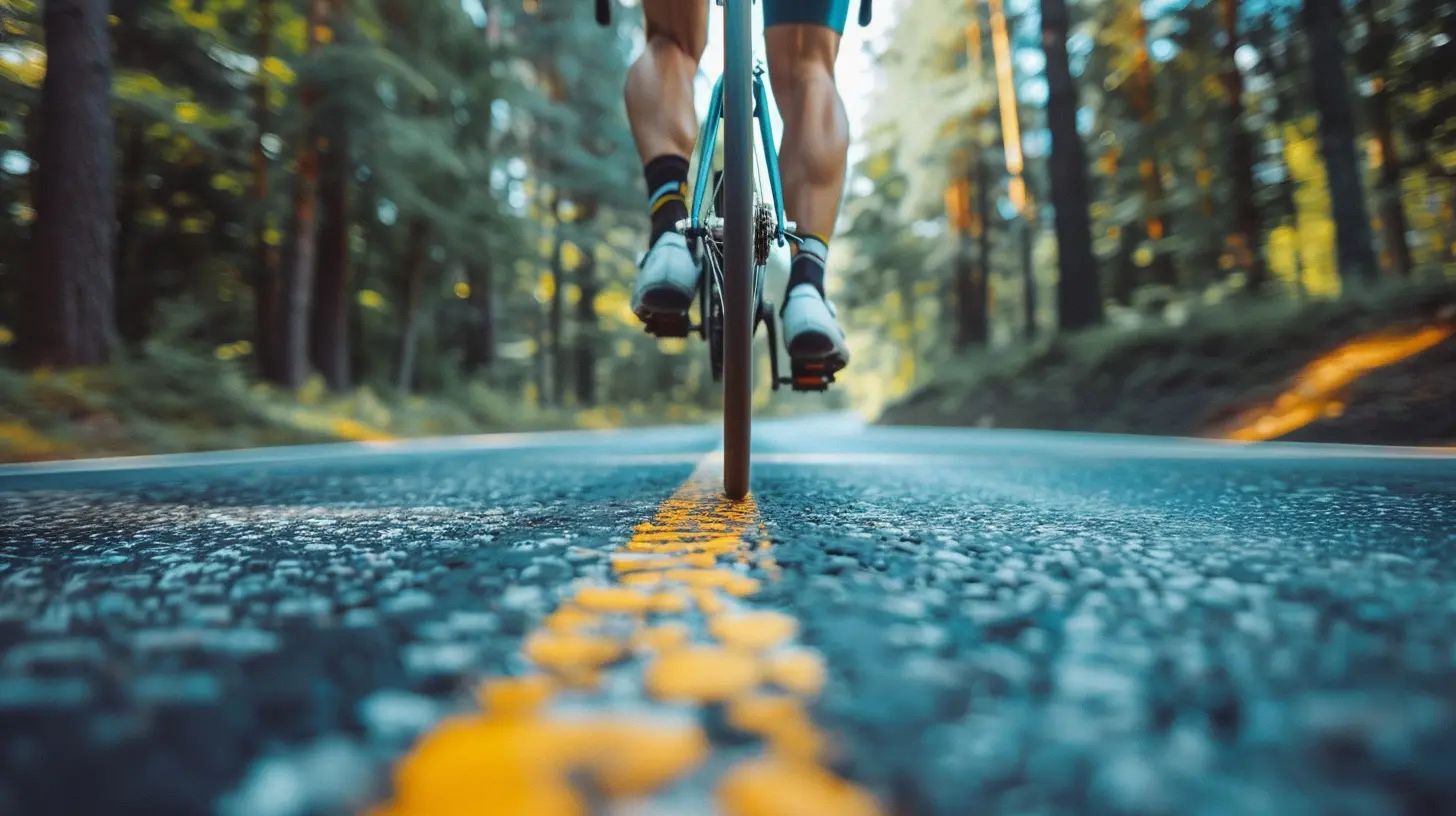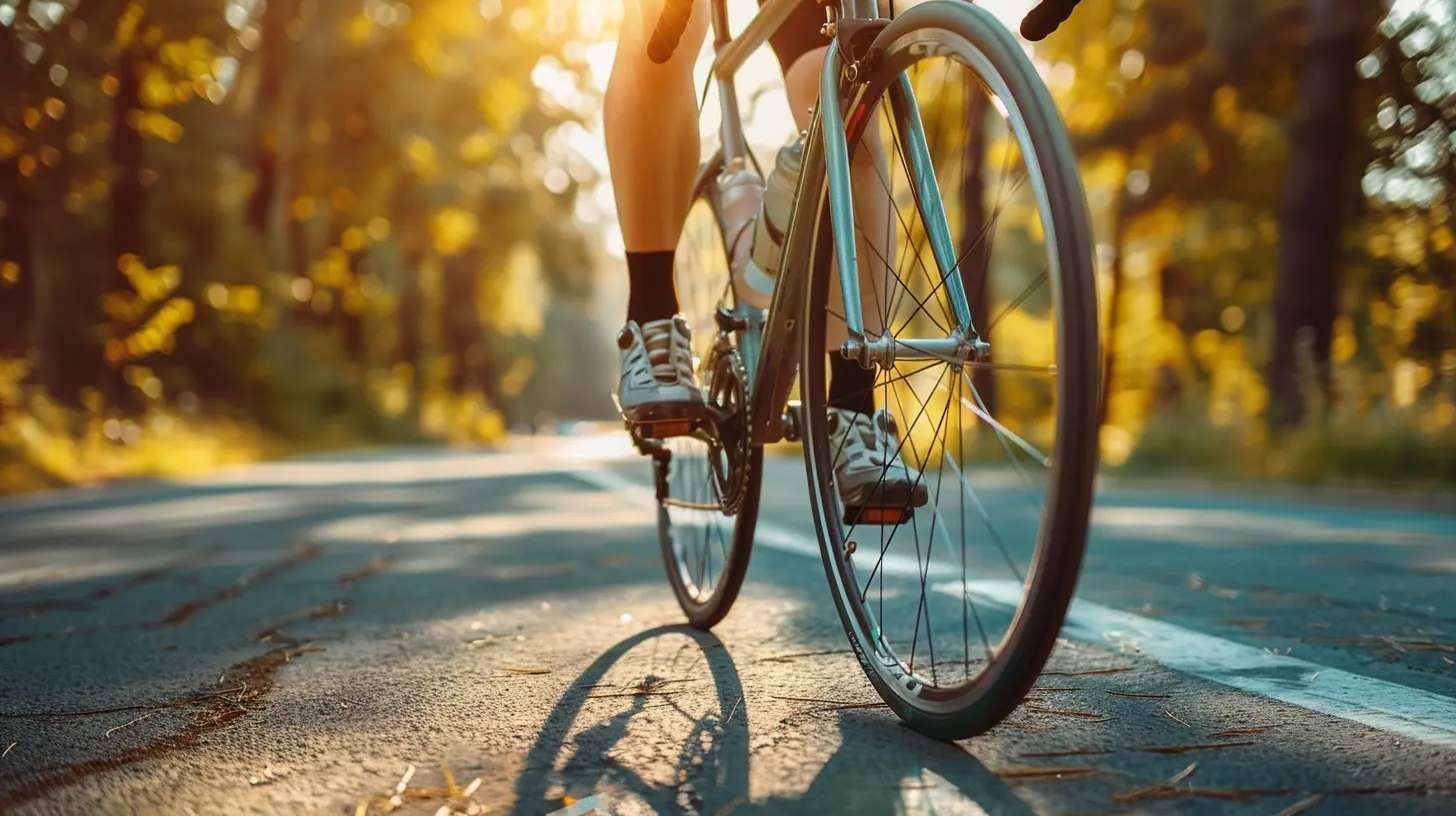Cycling for Joint Health: Techniques to Avoid Knee Pain
16 July 2025
Cycling is one of the best low-impact exercises for improving cardiovascular health, building leg strength, and enhancing overall fitness. But if done incorrectly, it can actually lead to knee pain and discomfort. Whether you're a seasoned cyclist or just starting out, understanding the right techniques can help you keep your joints healthy and pain-free.
In this article, we’ll dive into practical strategies to avoid knee pain while cycling, covering everything from proper bike setup to riding techniques and stretching routines.

Why Cycling Is Great for Joint Health
Cycling is a fantastic option for people dealing with joint issues or looking to maintain healthy knees. Unlike running or weightlifting, cycling is a low-impact activity that reduces stress on the joints while still strengthening the muscles around them. Here’s why cycling can be beneficial for joint health:- Low-impact movement – Unlike running, cycling doesn't involve repeated pounding on hard surfaces, which helps protect your knees from excessive wear and tear.
- Strengthens muscles – Cycling engages the quadriceps, hamstrings, and calf muscles, which support and stabilize the knee joint.
- Improves flexibility and range of motion – Regular cycling helps maintain joint mobility and prevents stiffness.
- Aids weight management – Maintaining a healthy weight reduces pressure on the knees, lowering the risk of pain and injury.
However, improper cycling form or an incorrect bike setup can lead to knee pain. Let’s go over the key techniques to ensure a smooth and pain-free ride.

Common Causes of Knee Pain While Cycling
Before we tackle prevention methods, it’s important to understand what commonly causes knee pain in cyclists. Some of the biggest culprits include:1. Incorrect bike fit – A poorly adjusted seat height or handlebar setup can put unnecessary strain on your knees.
2. Overuse or excessive intensity – Pushing too hard, too soon can cause inflammation and irritation in the knee joints.
3. Weak supporting muscles – If your quadriceps, hamstrings, and hip muscles aren’t strong enough, your knees may bear too much load.
4. Poor pedaling technique – Incorrect foot positioning or excessive force while pedaling can lead to pain over time.
5. Lack of proper warm-up or stretching – Stiff muscles and ligaments increase the risk of knee strain when cycling.
Now that we know what causes knee pain, let’s go over the best ways to prevent it.

Techniques to Avoid Knee Pain While Cycling
1. Set Up Your Bike for Perfect Fit
Having a properly adjusted bike is crucial in preventing knee pain. Here’s how to make sure your bike fits you like a glove:- Adjust your saddle height – Your knee should be slightly bent (about 25-30 degrees) when your foot is at the bottom of the pedal stroke. If your saddle is too high, it can overstretch your knee, while a low saddle can put excessive pressure on it.
- Check your saddle position – Your knee should be aligned with your foot when the pedals are horizontal. If your seat is too forward or backward, it can cause strain.
- Handlebar position matters too – A comfortable reach to the handlebars prevents unnecessary strain on your knees and lower back.
2. Perfect Your Pedaling Technique
Pedaling efficiently can significantly reduce knee stress. Consider the following:- Use a smooth, circular motion – Instead of just pushing down on the pedals, focus on a full pedal stroke (push down, pull up, and keep the movement fluid).
- Avoid mashing the pedals – Overly forceful pedaling with a high gear can strain your knees. Instead, use a lighter gear with higher cadence (80-100 revolutions per minute).
- Keep your feet properly positioned – Ensure your feet are properly aligned on the pedals to avoid unnecessary twisting or strain.
3. Strengthen Supporting Muscles
Strong leg muscles reduce the strain on your knees. Incorporate these exercises into your routine:- Squats and lunges – Strengthen your quads, hamstrings, and glutes.
- Leg presses and extensions – Target muscles that support knee movement.
- Core exercises – A strong core helps with stability and pedaling efficiency.
4. Warm-Up and Stretching Routine
Many cyclists skip warming up and stretching, which can lead to stiff muscles and joint pain. Here’s a quick routine:Warm-Up (5-10 Minutes)
- Start with light pedaling at a low resistance.- Gradually increase your pace.
Post-Ride Stretches
- Quadriceps stretch – Pull your foot towards your glutes and hold for 20-30 seconds.- Hamstring stretch – Extend one leg straight and reach for your toes.
- Hip flexor stretch – Lunge forward and hold for 20-30 seconds.
- Calf stretch – Press your heel to the ground while leaning against a wall.
5. Avoid Overtraining and Listen to Your Body
It’s easy to get carried away with long rides or intense training, but your knees need time to recover. Keep these tips in mind:- Gradually increase intensity – Don’t suddenly increase your mileage or resistance. Instead, aim for a 10% weekly increase.
- Take rest days – Allow your joints and muscles to recover.
- Ice and elevate if sore – If you experience minor knee discomfort after cycling, use ice to reduce inflammation.
6. Choose the Right Gear
Your choice of equipment also plays a role in keeping your knees pain-free:- Cycling shoes with proper support – Good shoes help maintain proper foot alignment and reduce strain on the knees.
- Use padded shorts – They add comfort and reduce pressure on your lower body.
- Consider knee braces if necessary – If you have a history of knee issues, braces can provide extra support.

When to See a Doctor
If you’re following these guidelines but still experiencing persistent knee pain, it may be time to consult a healthcare professional. Seek medical advice if:- Pain worsens or doesn’t improve with rest.
- There’s swelling, locking, or instability in the knee.
- You experience sharp or severe pain during cycling.
Final Thoughts
Cycling should be a joy, not a pain—especially when it comes to your knees! With the right bike setup, proper pedaling technique, strength training, and stretching, you can safeguard your joints and enjoy cycling without discomfort. So, the next time you hit the road or trails, keep these simple techniques in mind to keep your knees happy and healthy.all images in this post were generated using AI tools
Category:
Cycling FitnessAuthor:

Arthur McKeever
Discussion
rate this article
1 comments
Aleta Bennett
Thank you for sharing these insightful tips on cycling and joint health! It's essential to prioritize knee safety while enjoying this wonderful activity. I look forward to trying your recommended techniques!
July 23, 2025 at 4:44 PM

Arthur McKeever
You're very welcome! I'm glad you found the tips helpful. Enjoy your cycling and take care of those knees!


